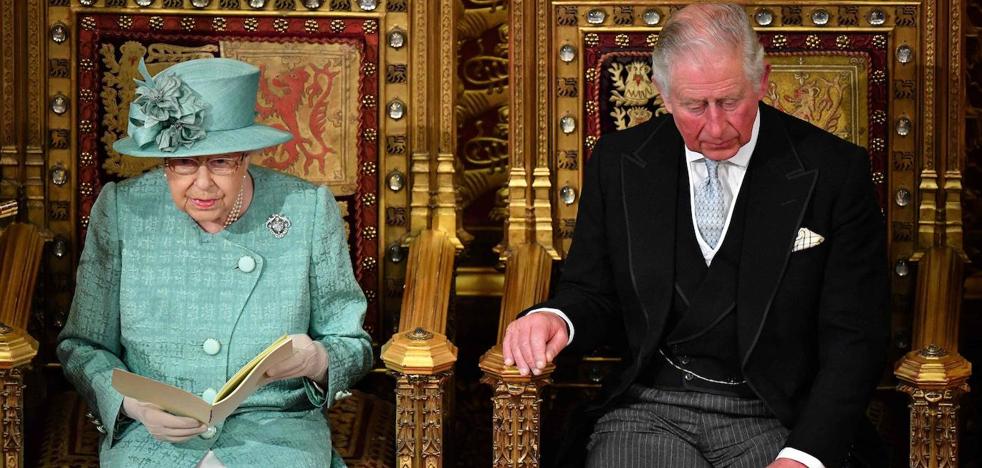In 2022, the earth shook 2,300 times in Austria. People felt the tremors 79 times, with a magnitude of up to 3.4 according to Richter. Incidentally, the ground shook most often in the east of the country.
According to the Central Institute of Meteorology and Geodynamics (ZAMG), the number of earthquakes is well above the average of 63 noticeable earthquakes over the past ten years. The strong earthquake activity does not mean there is a trend for more earthquakes in Austria, it said. “Tectonic activity is subject to natural fluctuations. Phases with more earthquakes alternate with calmer periods,” says ZAMG seismologist Rita Meurers.
These were the four strongest earthquakes in Austria in 2022:
- St. Johann im Pongau, February 25
The strongest earthquake of the year occurred on February 25 at 10:18 PM, a few kilometers southwest of St. Johann im Pongau, Salzburg. The earthquake of Magnitude 3.4 was strongly felt by many people, buildings were shaken violently, small objects fell over and some people fled into the open air. Fine cracks formed in the plaster in some buildings. The tremors were felt within a radius of about 30 kilometers.
- Gramastetten, January 18:
On January 18, two earthquakes shook the area of Gramastetten, Upper Austria. They took place at 6:35 p.m. and 10:09 p.m. and had Magnitudes of 3.2 and 3.1. The epicenters were located north of St. Gotthard im Mühlkreis. Due to the shallow depth of field of about four kilometers, the ground movements were frightening to many and an explosive bang could often be heard. Hardly stable objects fell over and in some cases fine cracks appeared in the plaster.
- Marchegg, October 2
In the northern Viennese basin, near the border with Slovakia, three noticeable earthquakes occurred on October 2, the epicenters of which were about four miles northwest of Marchegg. The main quake at 07:52 had one Magnitude of 2.9 and was clearly felt. An aftershock of magnitude 2.6 followed at 10:17 a.m. and a slight aftershock of magnitude 2.3 was felt at 11:10 a.m.
- Bach in the Lech Valley, May 4:
An earthquake of the Magnitude 2.8 felt, the epicenter of which was about four kilometers south of Elbigenalp. The effects of the earthquake were felt by many people and some of them felt severe: some fled into the open air and some unstable objects fell over.
Another earthquake did not have its epicenter in Austria, but was also clearly felt here: south of Vaduz in Liechtenstein there was a strong earthquake with a magnitude of 3.8, which was registered on September 1 at 1:57 pm. It was noticeable in large parts of Vorarlberg. The quakes were particularly strong in Nenzing, Schlins, Satteins and Frastanz. Also in Feldkirch, many people felt the earthquake clearly and cracks in the plaster were reported. Curious detail: the Liechtenstein state parliament was in session at the time of the earthquake – and at the time of the earthquake, the subject of earthquakes was on the agenda.
It shook most often in these states
With 25 earthquakes last year, Lower Austria is the leader among the federal states. In second place is Tyrol with 19 noticeable earthquakes. With 14 events, an unusually large number of earthquakes were observed in Upper Austria for this province. Eight noticeable earthquakes were recorded in Styria, seven in Carinthia and three detectable earthquakes in Salzburg and Vorarlberg.
The population reported more than 4,500 observations to the Austrian seismological service using the ZAMG’s online observation form and the “QuakeWatch Austria” app, which has been available since March 2021.
Source: Krone
I am Wallace Jones, an experienced journalist. I specialize in writing for the world section of Today Times Live. With over a decade of experience, I have developed an eye for detail when it comes to reporting on local and global stories. My passion lies in uncovering the truth through my investigative skills and creating thought-provoking content that resonates with readers worldwide.


